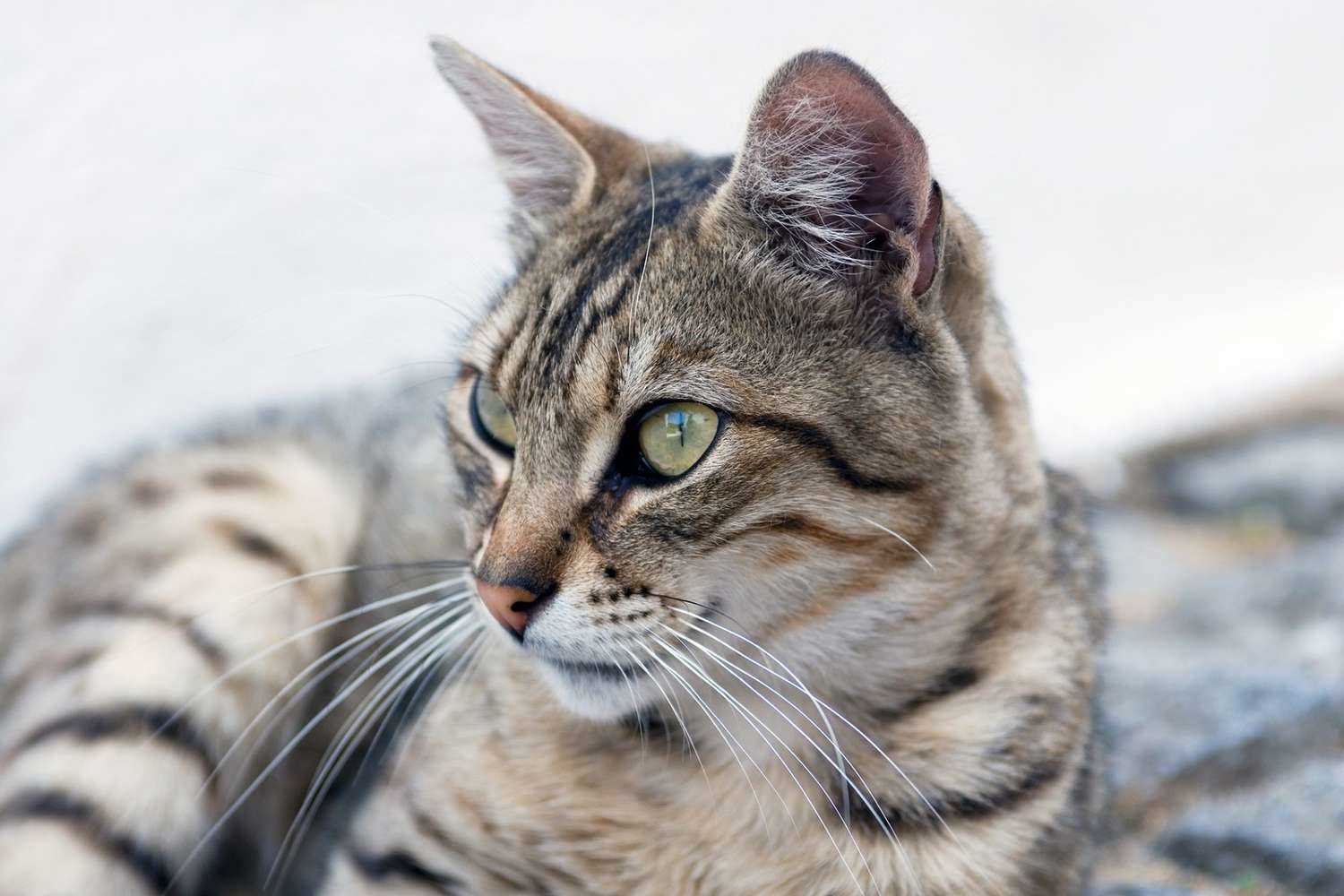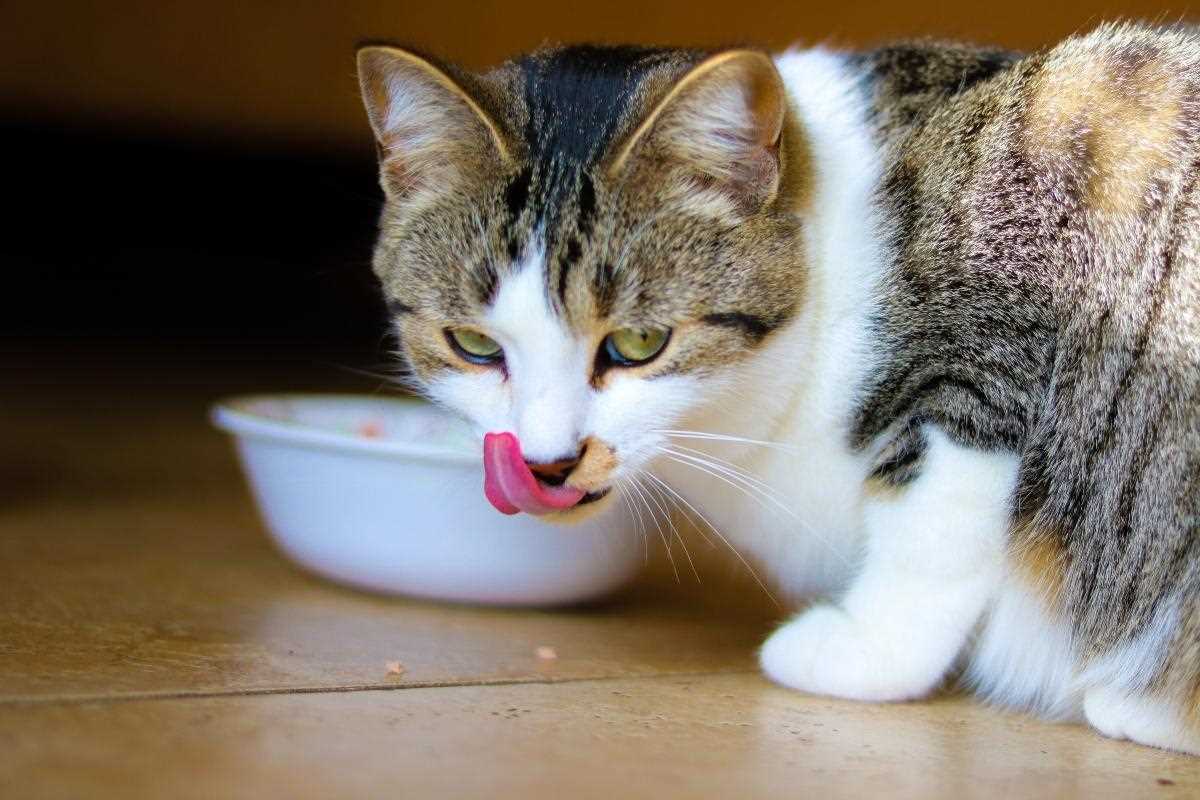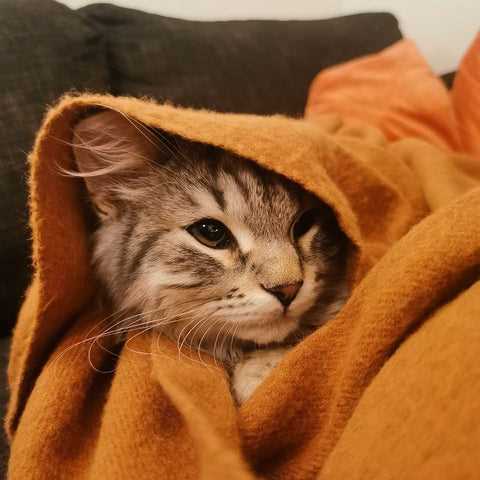



It’s not uncommon for a feline to reduce their food intake while still exhibiting playful and affectionate behavior. If you’ve noticed a shift in your consumption patterns, consider a few factors that might be at play. Stress, changes in environment, or even a shift in taste preferences can influence how much I nibble on my meals.
Monitoring my water intake is equally important. Staying hydrated is crucial, and if you see me drinking more than usual, it may indicate that my food isn’t meeting my hydration needs. Look for any signs of discomfort or unusual behavior. If I’m still purring and seeking your attention, chances are I’m just being a bit picky with my food.
Check if there’s been a recent change in my diet or food brand. Cats can sometimes develop preferences or aversions to certain flavors or textures. To entice me, try offering a variety of options or even warming my food slightly to enhance the aroma. If these adjustments don’t help, it’s wise to consult with a veterinarian to rule out any underlying health concerns.
Understanding Normal Eating Patterns in Cats
As a Scottish Fold of refined taste, I can share insights into typical consumption habits. Cats generally consume around 24 to 35 calories per pound of body weight daily. This varies based on activity level, age, and health status. Pay attention to what is considered an average amount for my fellow felines.
Behavioral Indicators

Monitoring behavior alongside meal intake is key. A relaxed demeanor, playful moments, and engagement during interactive activities typically signify wellbeing. If my energy levels remain consistent and my grooming habits stay intact, these are positive signs.
Dietary Preferences
Just like humans, preferences change. A shift in taste or boredom with the current menu can lead to modified consumption. Introducing new flavors or textures can stimulate interest. Remember, always check for any potential allergies when altering the menu.
Being observant and adapting to changes ensures that I, and my furry companions, remain happy and healthy.
Common Reasons for Decreased Appetite
Feeling a bit off regarding my meal portions? Here are some factors that might explain this behavior:
- Stress or Anxiety: Changes in environment, new pets, or loud noises can affect my mood and food intake.
- Dental Issues: Painful gums or tooth problems can make chewing uncomfortable, leading to reduced food interest.
- Health Problems: Conditions like gastrointestinal issues or kidney disease can cause a decline in hunger levels.
- Age-Related Changes: As I age, my metabolism might slow down, influencing my appetite.
- Food Preferences: Sometimes, I just might not be in the mood for the same meals; variety can spark my interest.
- Medication Side Effects: Certain treatments can suppress appetite, impacting how much I want to consume.
- Seasonal Variations: Warmer weather can lead to a natural decrease in calorie needs, making me less eager to dine.
Each of these factors could play a role in my current eating habits. It’s always best to consult with my human if the change persists or if any other symptoms arise.
Assessing Your Cat’s Health: Signs to Watch For
Inspect the coat for changes in texture or shedding patterns. A dull appearance or excessive hair loss may indicate underlying health issues. Regular grooming can also help identify any skin problems or parasites.
Behavioral Shifts
Monitor any alterations in daily routines. A shift in playfulness, lethargy, or hiding can signal discomfort or distress. Keep an eye on interactions with humans and other pets; withdrawal may suggest something is amiss.
Physical Symptoms

Observe for signs such as weight fluctuations or changes in water consumption. Frequent vomiting or diarrhea can indicate digestive problems. If these symptoms persist, consulting a veterinarian is advisable. Regular vet check-ups are crucial for maintaining overall wellness. Engaging your buddy with interactive play using the best toys for siamese cats can also help monitor their health while keeping them entertained.
Environmental Factors That May Affect Eating
Changes in surroundings can impact appetite significantly. For instance, if there’s been a recent move or renovation, the unfamiliarity of new scents and sounds might deter me from my meals. I prefer a stable environment where I feel secure.
Temperature plays a role too. Extreme heat or cold can make me less inclined to munch. Keeping my dining area at a comfortable temperature encourages better food intake.
Noise levels can disrupt my eating habits. Loud sounds, whether from construction outside or a television blasting, can be distracting and may lead me to skip meals. A calm atmosphere is ideal for enjoying my food.
The presence of other animals can also influence my eating. If a new pet is introduced, I might feel competition or stress, leading to decreased interest in my meals. A peaceful relationship with housemates ensures I feel relaxed during meals.
Lastly, the location of my food bowl matters. If it’s placed in a high-traffic area or near the litter box, I might avoid eating. Finding a quiet, safe spot for my food can help maintain my appetite.
Dietary Changes and Preferences in Cats

As I explore my menu choices, I notice shifts in what I crave. It’s not uncommon for me to suddenly prefer one flavor over another or feel less inclined to nibble on my usual meals. Felines like me can be quite particular about our diets, and sometimes a new ingredient or texture can make all the difference. If you’re observing similar behaviors, consider gradually introducing new foods to assess my reactions. You might be surprised to find that I might enjoy a different protein source or a fresh texture that excites my palate.
Also, the freshness of my meals plays a significant role. I tend to favor food that smells appealing and looks appetizing. If something’s been sitting out too long or doesn’t seem fresh, I might just turn my nose up at it. Ensuring my meals are served at the right temperature and freshness can encourage me to indulge more. My taste buds are sensitive, and a little attention to detail can go a long way.
Another aspect is the variety in my diet. Monotony can lead to disinterest. Rotating different flavors or brands can keep me engaged and enthusiastic about my meals. Mixing wet and dry options can also provide a satisfying contrast in texture that piques my interest. It’s worth experimenting with combinations to discover what truly delights me.
Lastly, my mood can influence my appetite. If I’m feeling playful or relaxed, I might be more inclined to enjoy my meals. Conversely, stressors in my environment can dampen my enthusiasm for food. Creating a calm and inviting dining space can help me feel secure and ready to enjoy my meals again.
When to Consult a Veterinarian for Appetite Issues
If there’s a noticeable shift in my consumption patterns over a couple of days, it’s time to reach out to a vet. An abrupt decrease lasting more than 24 hours can indicate underlying health concerns that need immediate attention.
Key Signs That Indicate a Visit is Necessary
Pay close attention to any accompanying symptoms such as lethargy, vomiting, diarrhea, or weight loss. These signs can signal more serious issues. If I seem unwell, a consultation is crucial.
Timing and Frequency of Vet Visits
Regular check-ups are part of maintaining good health. If updates to my food preferences occur alongside behavioral changes, it’s wise to schedule an appointment. The longer I go without a proper appetite, the higher the risk of developing further complications.
In addition, if my human notices that I’m drinking less water than usual, this could also be an alarming sign, warranting professional evaluation. Remember, it’s always better to err on the side of caution. For more household tips, check out this best pressure washer for pressure washing business.








